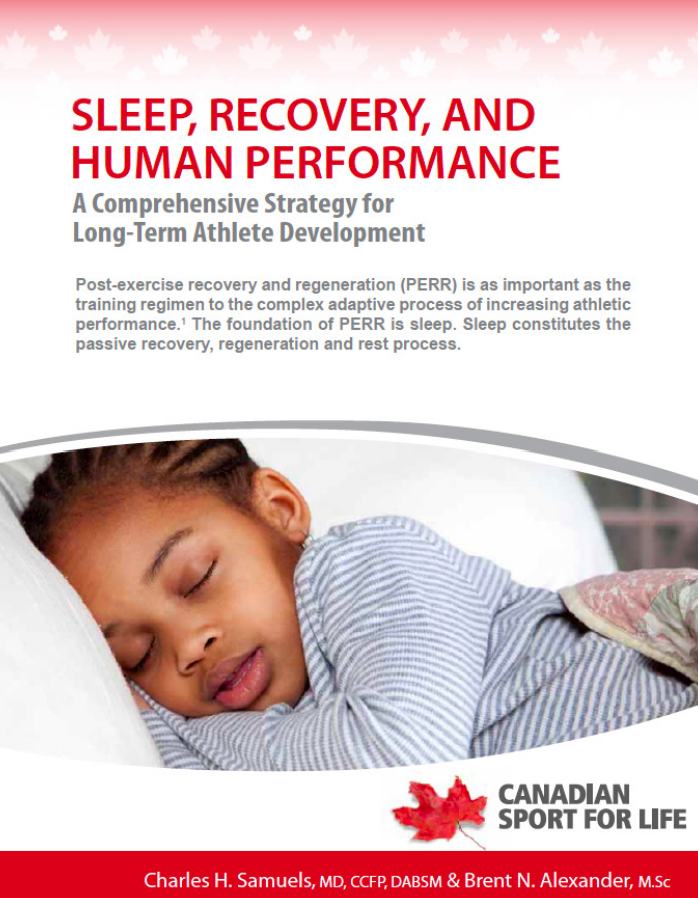15.3 - Developing a Training Program
Environmental Factors and Training
People rarely exercise in ideal conditions.
Environmental factors such as the following can influence fitness training and performance:
Extreme temperatures
High humidity
High altitude
Air quality
Exercising in extreme environmental conditions can be dangerous and even fatal.
Our Bodies’ Heat Exchange Mechanisms
A person can withstand a drop in core body temperature of about 10 degrees Celsius, but an increase of only 5 degrees Celsius.
To prevent our temperatures from soaring in extreme heat, the body promotes four different mechanisms of heat exchange; these are:
Radiation: the emission of radiant heat from the body into the cooler environment, which only works if the environment is cooler than your body
Conduction: the transfer of heat through a liquid, solid, or gas; e.g., dousing yourself with cool water when exercising in hot weather
Convection: air movement around the skin
Evaporation: the removal of sweat from the surface of the skin
Equipment and Clothing
In hot conditions, excessive clothing and equipment can block the body’s cooling mechanisms.
New high-tech fabrics allow moisture to evaporate through them, thus facilitating more effective body cooling.
In cold weather, experts recommend a “layered” approach— wearing a few, thin layers of clothing while exercising outdoors.
Atmospheric Pressure and Altitude
The available oxygen in the ambient air around us drops as the barometric pressure decreases at higher elevations.
Thus, there is less oxygen in the blood of an exercising individual, which leads to a noticeable decrease in exercise performance.
Even a small rise in altitude will decrease performance in endurance events.
Many endurance athletes adopt a “live high, train low” approach—spending their non-training time at high altitudes while realizing the physiological benefits of training at sea level.
Air Pollution
People who train outdoors take in more air—up to ten times more than a sedentary person.
Thus, they suffer a greater health risk in breathing in air pollutants, e.g., lead and carbon monoxide.
They should exercise during cooler weather, avoid training during afternoon hours, check the “air quality index” before exercising outdoors, and exercise indoors during “bad air days.”
Rest, Recovery, and Avoiding Injury
Every effective training program has rest built into it.
Rest allows recovery from constant pounding on muscles and joints, helping to prevent injuries and offset mental fatigue.
Trainers and coaches often design training schedules that revolve around one high-intensity day, followed by one recovery day.

Sleep and Long-Term Athlete Development
Lack of sleep or “cumulative sleep debt” is associated with changes in mood, concentration, motivation, and endurance.
These changes can hinder performance and increase the risk of overtraining or under-recovery.
Canadian Sport for Life (CS4L) has identified sleep as the “foundation” of post-exercise recovery and regeneration (PERR).
Given the changing sleep requirements throughout an athlete’s career, CS4L has drawn up specific sleep recommendations aligned with LTAD stages.
CS4L encourages the use of sleep logs to help develop training and recovery routines to match sleep requirements, and it encourages napping at all stages.
Avoiding Burnout and Overtraining
Burnout results from two combined factors:
Physiological (e.g., too little rest and recovery)
Psychological (e.g., low motivation)
To prevent burnout and overtraining, athletes need to strive for a more gradual approach, and;
Detect early signs of physical and/or mental fatigue and incorporate extra rest periods
Break the training and/or competitive schedule down to allow for “off-seasons”
Work toward long-term goals while introducing an element of “freshness” into a training routine
Ensure proper sleep, nutrition, and hydration
S.M.A.R.T. Goal Setting
One simple and effective framework for setting goals, in athletic training and in everyday life, is known as the S.M.A.R.T. principle.
When defining goals, you will have a greater chance of achieving your goals if they are:
Specific → able to be precisely defined;
Measurable → able to be quantified
Attainable → within an athlete’s limitations
Realistic → attainable within constraints
Timely → achievable within a set time frame
Planning a Personalized Training Program
Whatever a person’s training goals—gaining muscle strength, reducing body weight, preparing for an elite competition—developing a sound training involves three stages:
Stage 1 involves counselling to set clear fitness objectives that are realistic and measurable.
Stage 2 involves gathering more detailed information through a fitness appraisal (testing) that involves physiological measurements.
Stage 3 involves selecting appropriate exercises or activities such that the best training methods will match potential benefits to desired outcomes.
Aerobic & Resistance Training Segments
A safe and effective training program features both an aerobic segment and a resistance (anaerobic) segment.
Aerobic segments should build up and ease gradually, avoiding sprints or sudden stops to allow for better cardiovascular adaptation.
Resistance segments should feature progressive overloads in which resistance training is enhanced by warm-up sets (e.g., 60% of training weight) and adequate relief between sets.
For both segments, monitor correct breathing techniques, speed of movement, base of support, muscle tightness and alignment, and avoidance of extreme range of motion (ROM).
Warming Up & Cooling Down Are a Must!
Warm-up: Begin with range-of-motion (ROM) or dynamic movements of major joints to give some flexibility gains and serve as a first check on how the body feels before a workout.
Move into a light aerobic circulatory warm-up and moderate dynamic stretches.
Cool-down: Emphasis is usually on static stretching